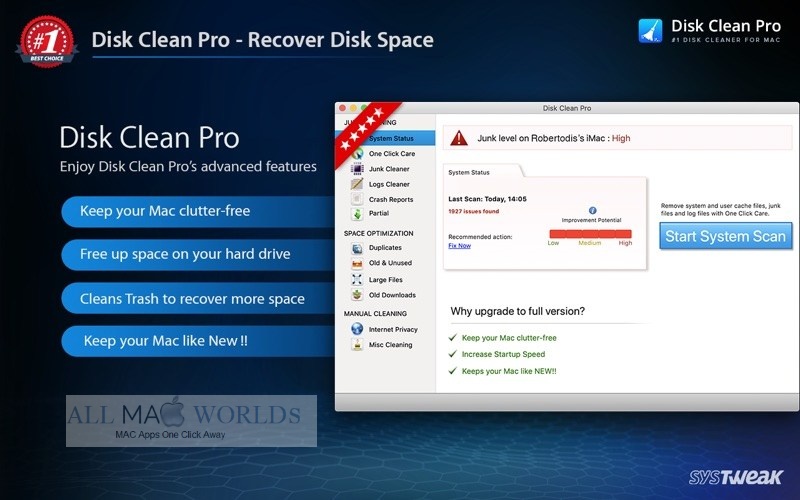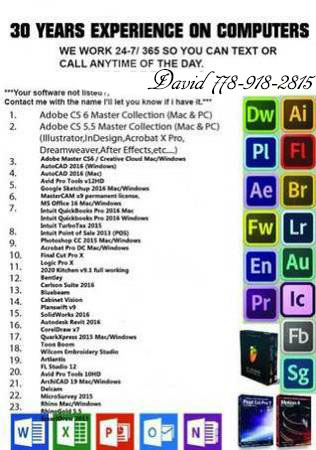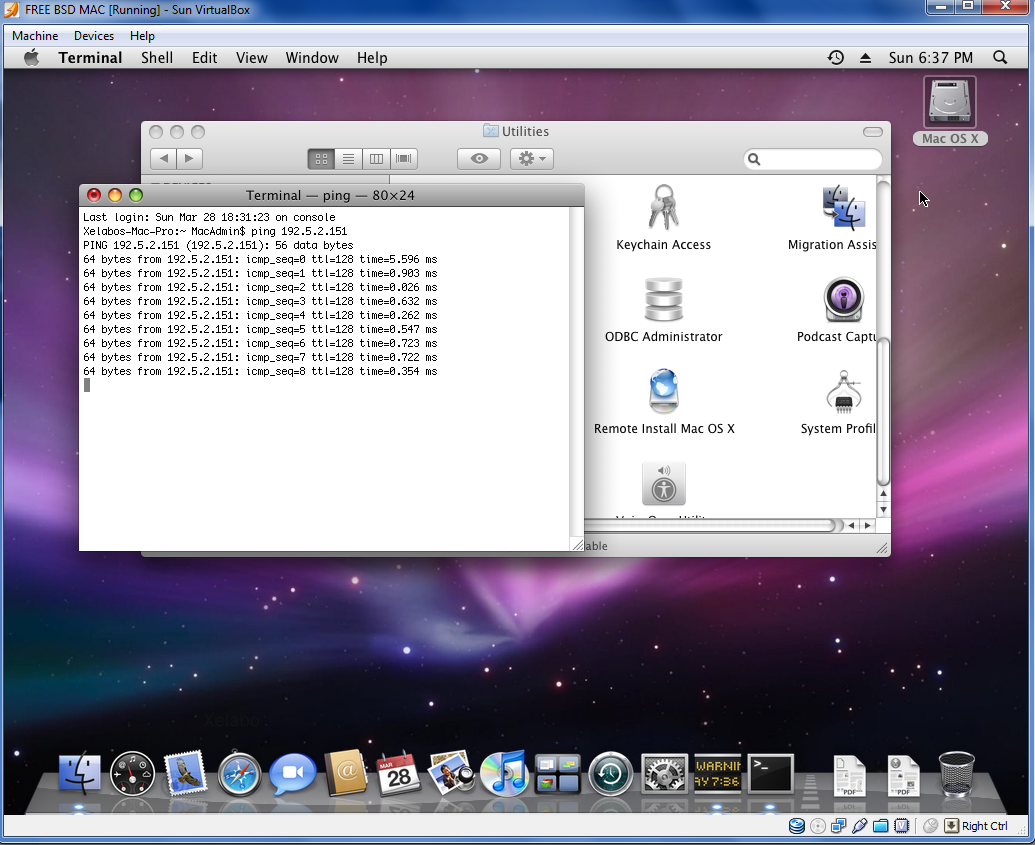

It’s free and effortless.īut be careful, it’s important to not rush things here. Alternatively, you can download the installer from the Mac App Store. Starting November 12, you’ll be able to access the Big Sur installer in the Apple menu > About This Mac > Software update. Hit the Backup button (it looks like the Play button) to start the process.

Add files and apps data to your backup by clicking on the plus button.Customize destination (make sure you save your backup to an external drive).

Click on the plus button to create your backup project.Open Get Backup Pro and select Backup in the sidebar.Here’s how to back up your Mac before the Big Sur upgrade: Plus, you get great features like compression, backup scheduling, and the ability to choose specific files for a backup. Get Backup Pro allows you to create both backups and bootable clones so you can easily take your data to a replacement drive in case something goes wrong. It’s generally the best alternative to Time Machine we’ve seen so far. Get Backup Pro is a third-party backup utility that makes sure you run zero risks when you clean install Big Sur. What’s more, Time Machine can’t do bootable backups, which means you’ll have to go through a long restoration process in case there’s a drive crash or an error of any kind. Users report Time Machine tends to carry over macOS issues into new installations. Many people use Apple’s native Time Machine to back up their files, but we don’t recommend it. Step 2: Create a secure backup of your Mac So if you have a couple of minutes, spend it on Smart Scan. Still, a smart scan cleanup will do a better job while it can also detect potential malware and provide insights into your Mac’s performance. This will delete most of the redundant files and let you reclaim lots of storage space. You can also choose to remove system junk only (find the option in the Cleanup section). View the unneeded files detected by CleanMyMac X and click Remove.Wait a few seconds for CleanMyMac X to finish the scan.Here’s how to get ready for your Mac backup: Apps like CleanMyMac X allow you to remove all the clutter - from old caches to file duplicates - in one click. So the first step should be a thorough cleanup of your system. If you back up your Mac before upgrading, you’ll be able to restore all your files on the new macOS (and with it all the clutter your old system contained.) You want the files back, but you don’t want the clutter. When we say that clean installation removes everything from your Mac, we forget one important detail - a backup. Make sure you follow all of the steps and have a safe experience. Once you’ve decided to start anew with macOS Big Sur, you’re only six steps from achieving your goal.

You’ll find the information you’re looking for in the Overview section. Not sure which model you have? You can easily check it by clicking on the Apple icon > About This Mac. With the release of macOS 11, Apple moved a year or two ahead in terms of supported devices, so the chances are your Mac might be off the list (ouch). macOS 11 compatible Macsīefore you take any steps to switch to Big Sur, make sure you check compatibility. It’s like you bring the new furniture in an empty apartment instead of a cluttered one. You’ll be less likely to experience common Big Sur problems and you’ll get a chance to keep only the data you really need. Generally, installing a new macOS Big Sur on a clean drive will give your Mac enough space to breathe.


 0 kommentar(er)
0 kommentar(er)
